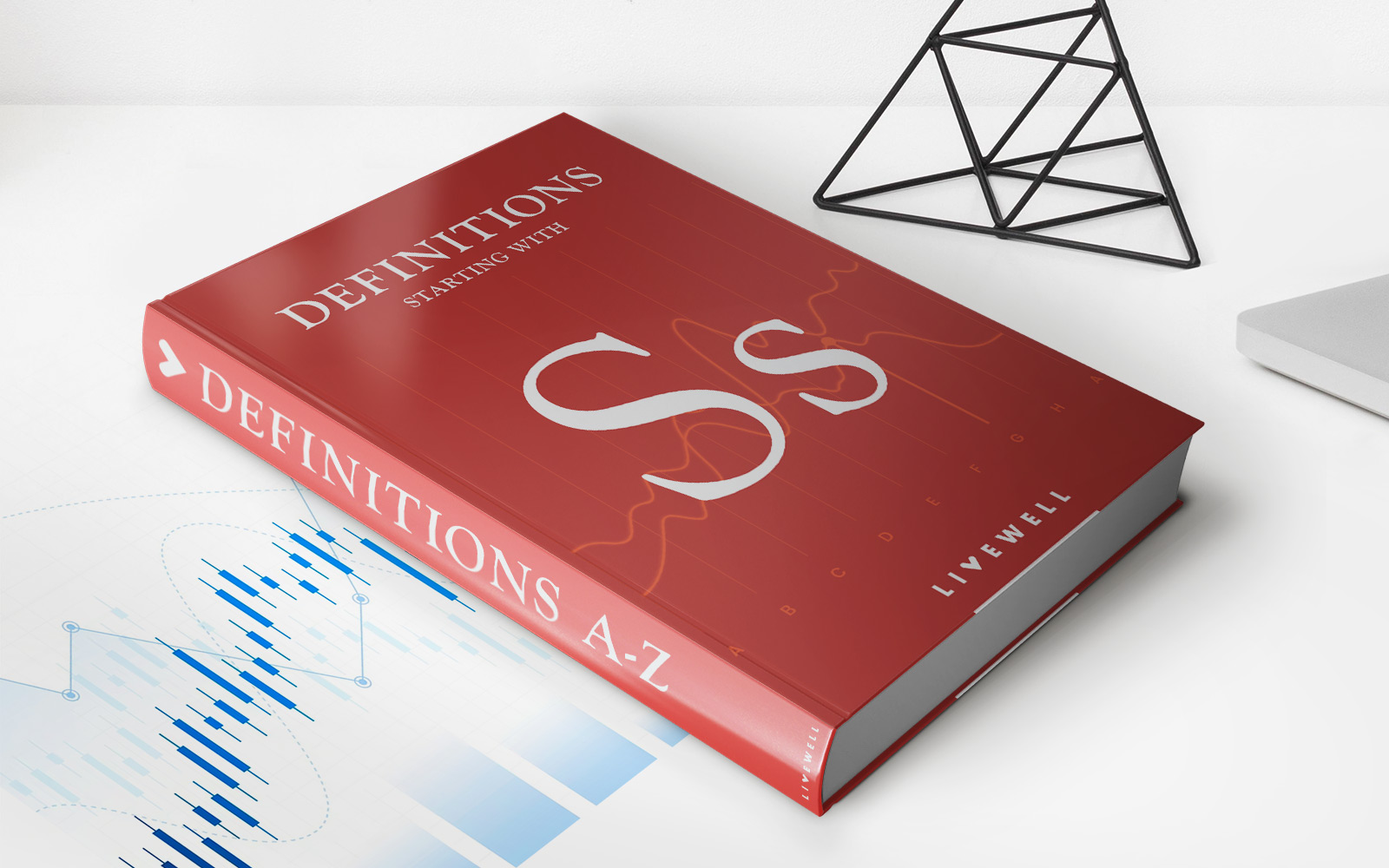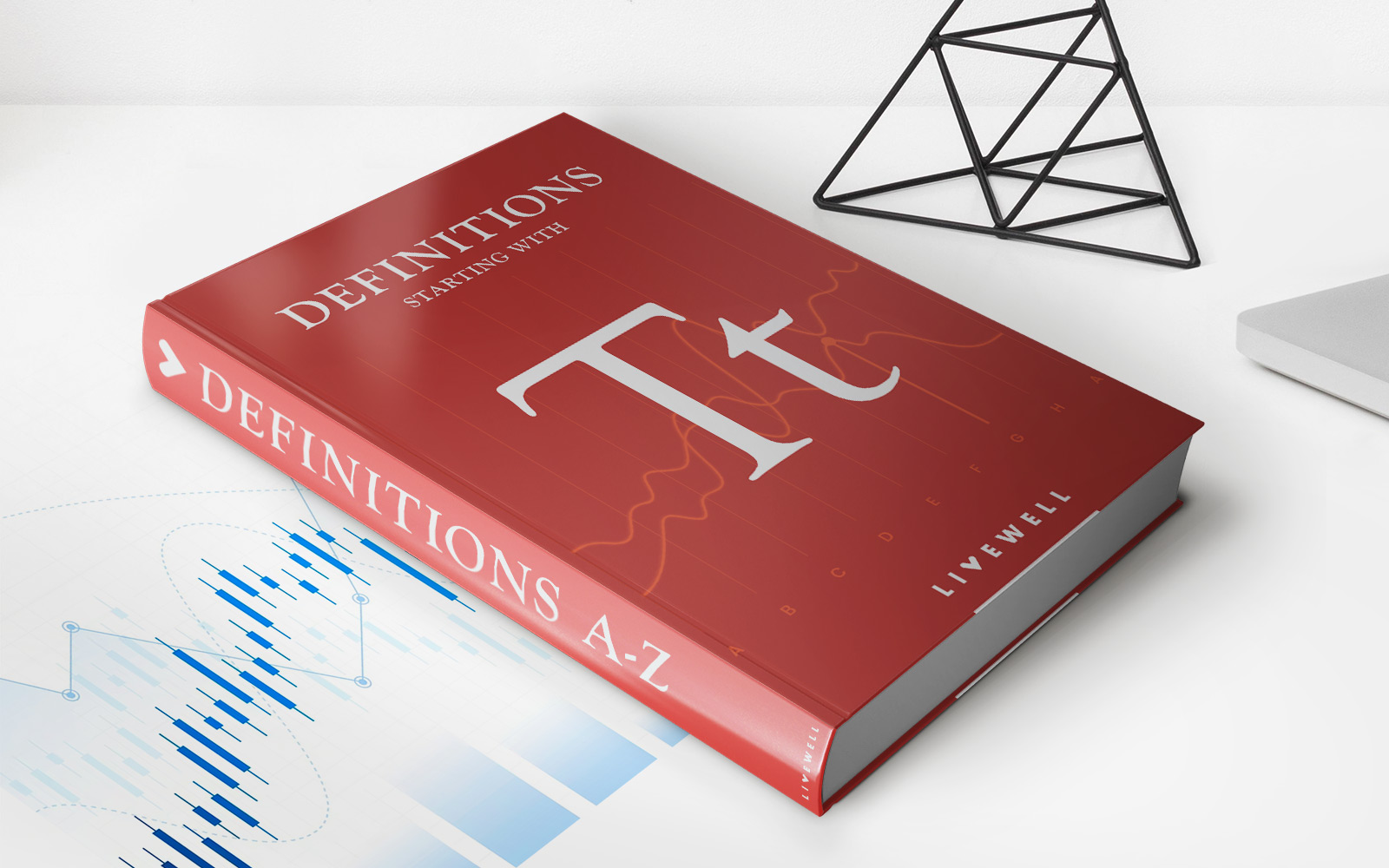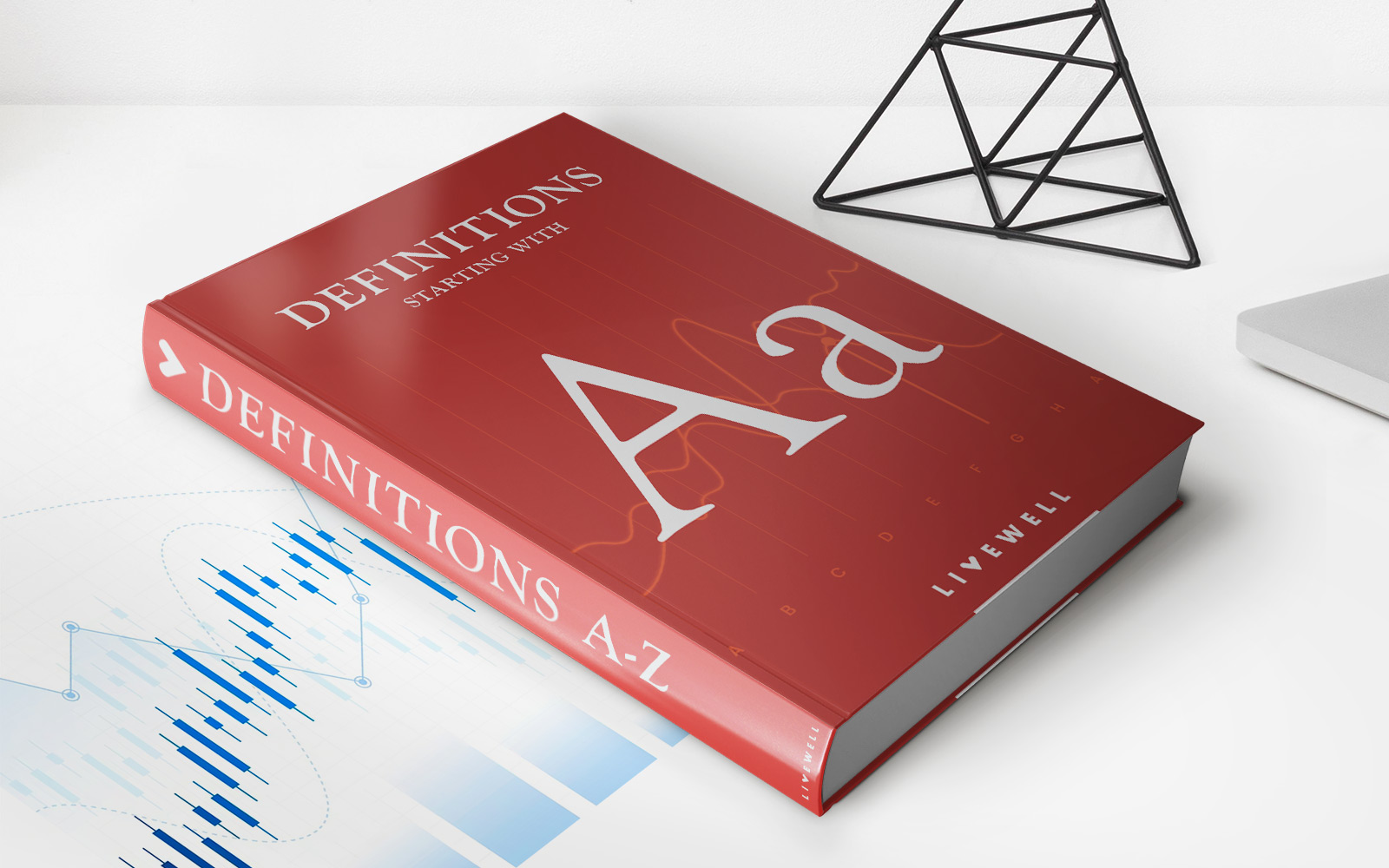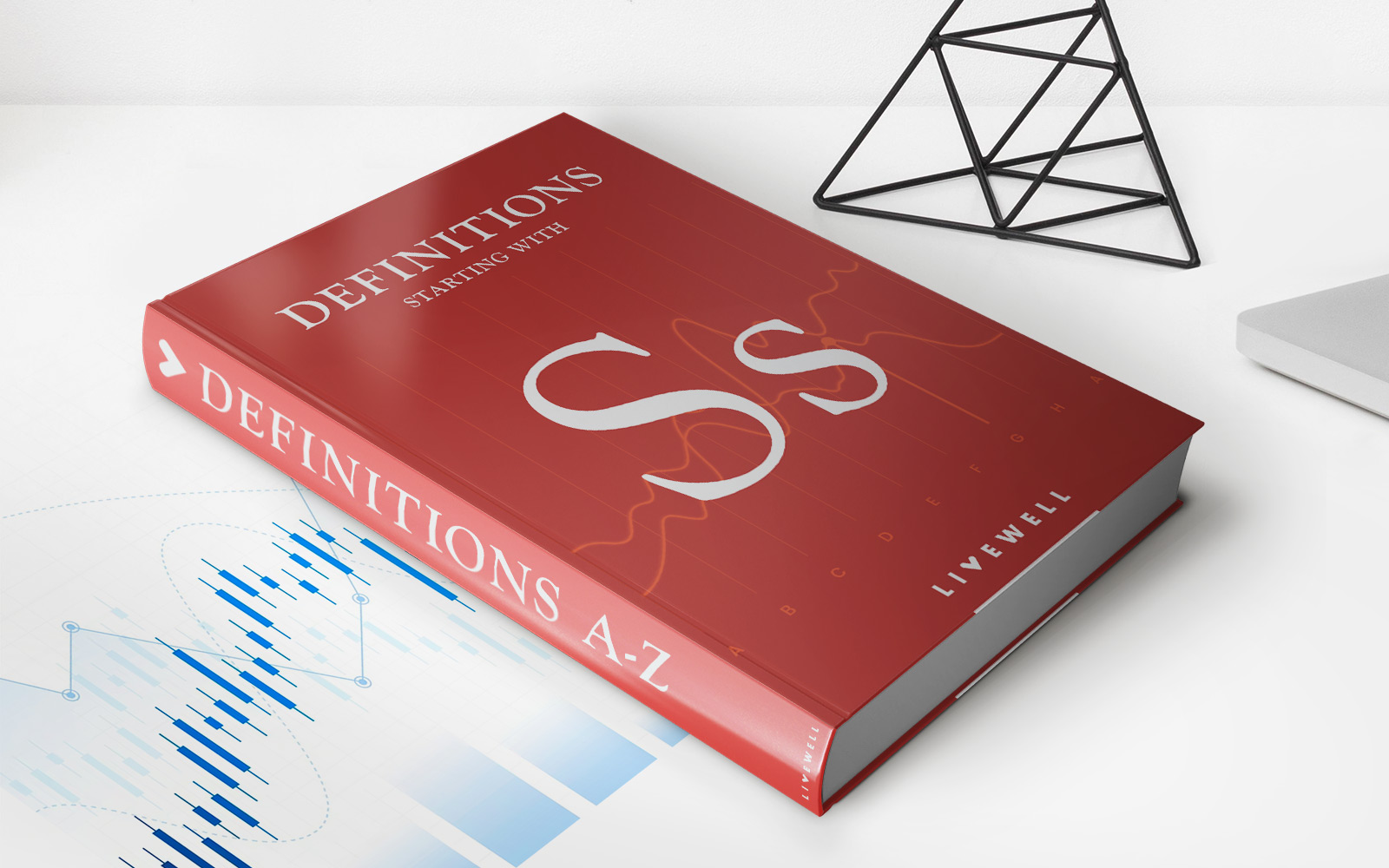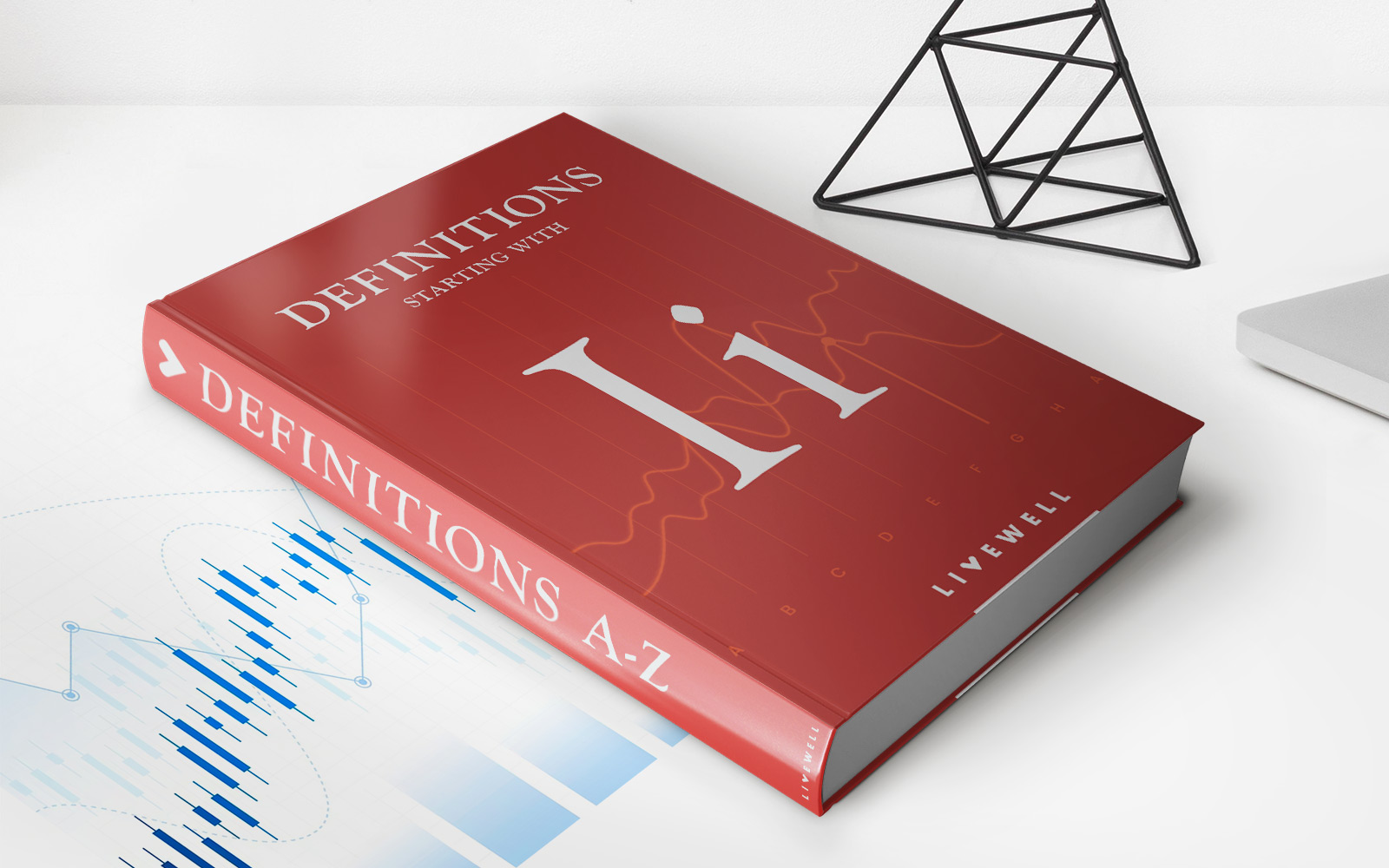

Finance
Pension Protection Act Of 2006 Definition
Published: January 7, 2024
Learn about the definition and implications of the Pension Protection Act of 2006 in the world of finance. Discover how this legislation impacts retirement planning and investment strategies.
(Many of the links in this article redirect to a specific reviewed product. Your purchase of these products through affiliate links helps to generate commission for LiveWell, at no extra cost. Learn more)
Pension Protection Act of 2006 Definition: What You Need to Know
Welcome to our FINANCE blog, where we bring you the latest and most relevant information on various financial matters. In today’s post, we will be diving into the Pension Protection Act of 2006 and its significance. If you’ve ever wondered what this act is and how it affects you, you’re in the right place!
Key Takeaways:
- The Pension Protection Act of 2006 was enacted to improve the retirement security of American workers.
- It introduced changes to retirement savings plans, such as 401(k) and Individual Retirement Accounts (IRAs).
Now, let’s delve deeper into what the Pension Protection Act of 2006 entails and why it matters for your financial future.
The Pension Protection Act of 2006, signed into law by President George W. Bush, aimed to strengthen and preserve the retirement plans of American workers. The act introduced various changes to retirement savings plans, including 401(k)s and IRAs, in an effort to boost retirement security for individuals.
One of the key provisions of the Pension Protection Act of 2006 was the automatic enrollment feature in 401(k) plans. Before this act, employees had to actively choose to enroll in their company’s retirement plan. However, the act made it possible for employers to automatically enroll workers in the plan unless they specifically opt-out. This change was designed to encourage more individuals to save for retirement and reduce the number of Americans who were not adequately prepared for their golden years.
Another significant change brought about by the Pension Protection Act of 2006 was the introduction of default investment options, often referred to as qualified default investment alternatives (QDIAs). These options provide employers with a safe harbor when selecting investment options for employees who do not make a specific investment choice. Employers can now automatically direct these individuals’ contributions to diversified funds such as target-date funds, balanced funds, or lifecycle funds.
The act also increased annual contribution limits for IRAs and made new provisions for catch-up contributions. Catch-up contributions allow individuals aged 50 and older to make additional contributions to their retirement accounts. These provisions were put in place to help individuals who are closer to retirement age make up for any shortfall in their savings.
In summary, the Pension Protection Act of 2006 serves as an important piece of legislation designed to enhance retirement security for American workers. Its introduction of automatic enrollment, default investment options, increased contribution limits, and catch-up contributions have had a significant impact on retirement savings. With proper understanding and strategic planning, you can maximize the benefits offered by this act to secure your financial future.
Thank you for joining us to learn about the Pension Protection Act of 2006. We hope this information has provided you with valuable insights into this important legislation and its implications for your retirement planning. Stay tuned to our FINANCE blog for more informative posts like this!


